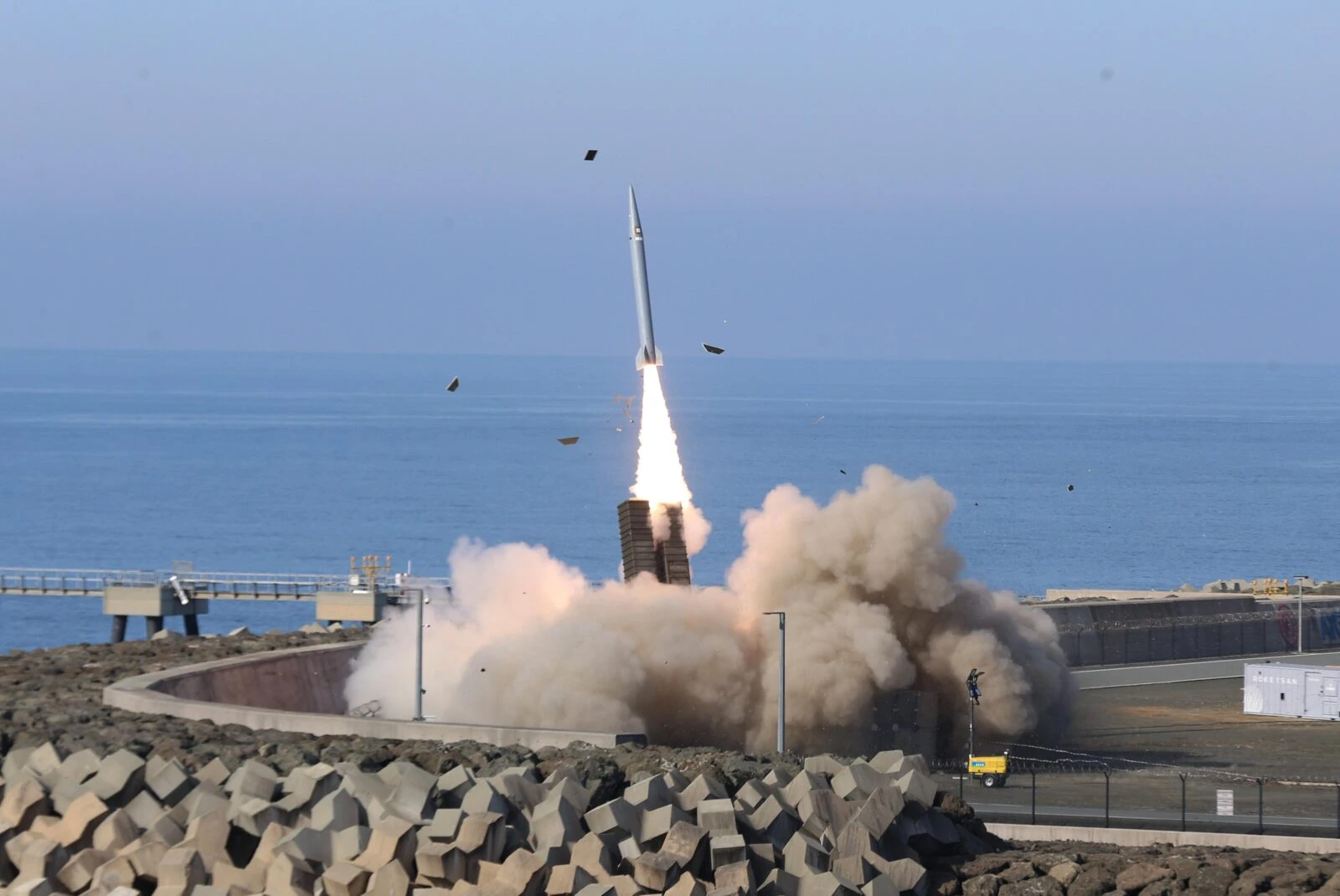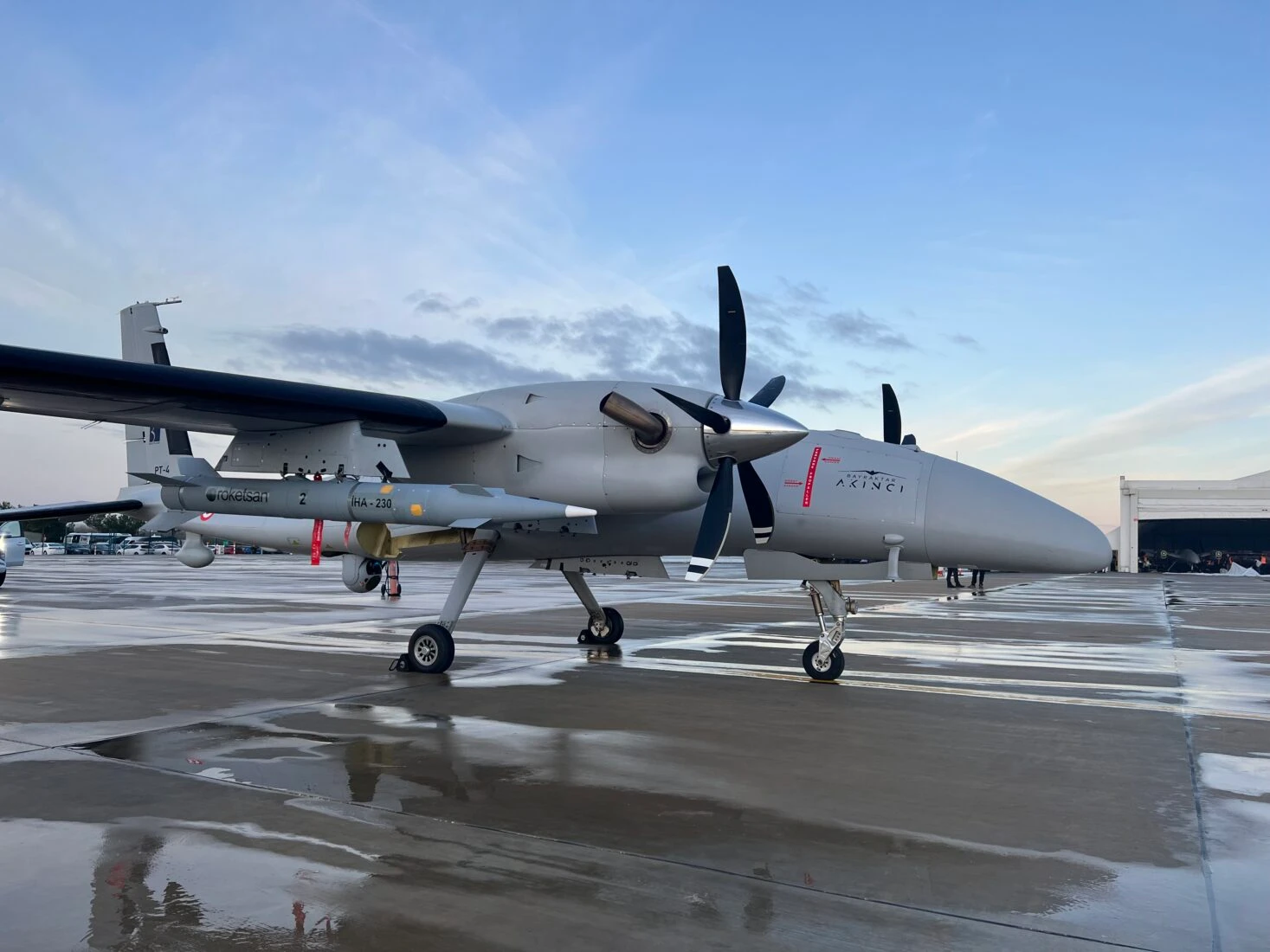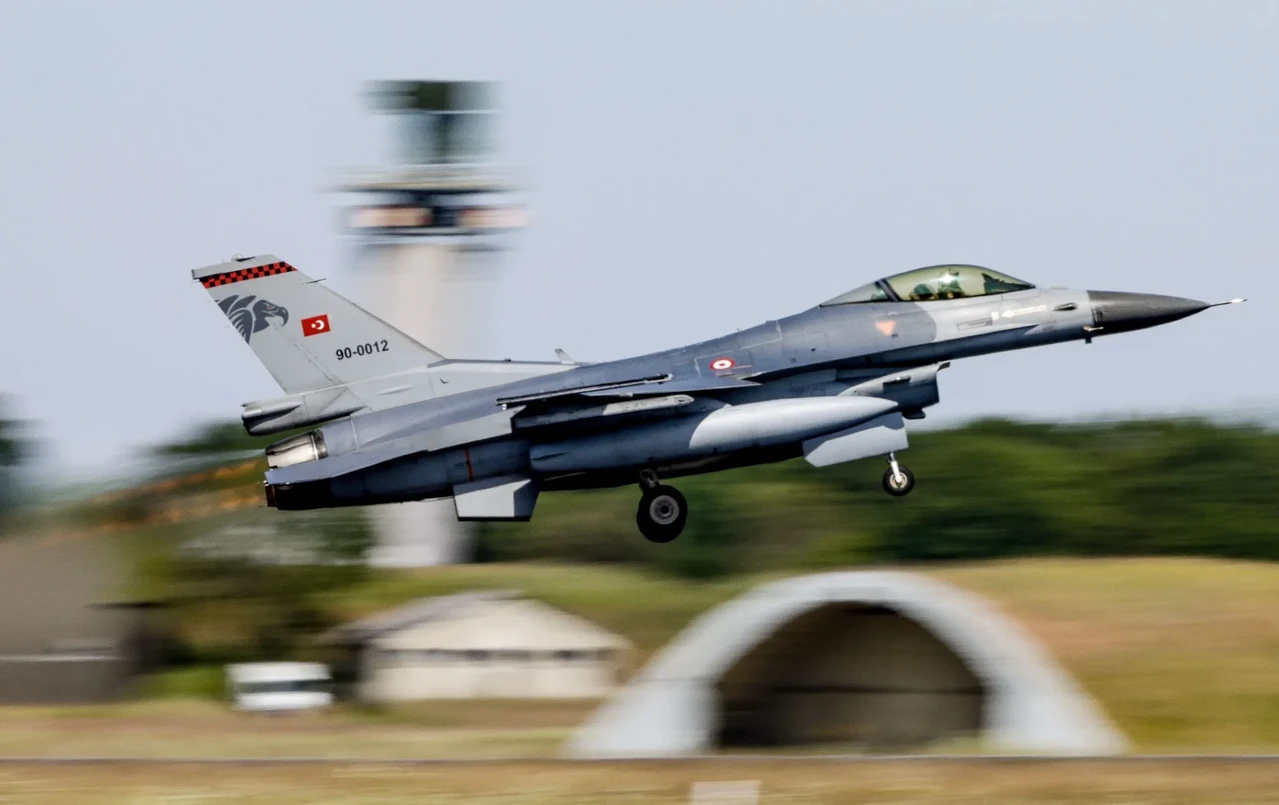Turkish Roketsan advances hypersonic missile development
 Türkiye's longest-range missile "Tayfun" conducts test flight, in Rize, Türkiye on February 03, 2025 (AA Photo)
Türkiye's longest-range missile "Tayfun" conducts test flight, in Rize, Türkiye on February 03, 2025 (AA Photo)
Turkish defense company Roketsan continues its work on hypersonic missile technology, aiming to enhance its capabilities in precision strikes and advanced propulsion systems.
Speaking exclusively to SavunmaSanayiST at the IDEX 2025 defense exhibition in Abu Dhabi, Roketsan General Manager Murat Ikinci provided updates on ongoing projects, including the Tayfun ballistic missile and advancements in hypersonic weapons.
Tayfun missile achieves precision strike
Ikinci highlighted the recent successful test of the Tayfun ballistic missile, which accurately hit a maritime target. “Precision in striking targets is of utmost importance. If you cannot hit a target with high accuracy, the effectiveness of the warhead is reduced,” he explained.
He also emphasized Roketsan’s advancements in guidance technology, stating, “Roketsan’s guidance technologies are progressing significantly beyond global counterparts. We are integrating multiple sensors and data sources to achieve precise target acquisition.”

Progress in hypersonic missile technology
Discussing hypersonic missile development, Ikinci underscored its game-changing nature in modern warfare.
“Hypersonic technology is becoming a decisive factor on the battlefield. We are investing in propulsion systems, navigation technology, and nano-materials to achieve speeds above Mach 5,” he said.
Roketsan has also made significant advancements in material sciences. “We have reached a high level in material technology. Roketsan is now one of the leading institutions in Türkiye in this field, which will position us ahead in hypersonic missile development,” Ikinci noted.

Aerial ballistic missiles and UAV integration
Ikinci also discussed the company’s work on air-launched ballistic missiles, including the UAV-122 and UAV-230, which are in serial production.
“Ground-launched ballistic missiles have range limitations due to fuel constraints. However, when deployed from the air, they can achieve much longer ranges,” he explained.
He reiterated Roketsan’s commitment to unmanned aerial vehicle (UAV) advancements. “Our priority is to enhance Türkiye’s leading role in UAV technology by increasing their munition variety and enabling long-range, high-impact strikes,” Ikinci stated.
| Operating range: 150+ kilometers (*Depends on altitude and speed) | Land platforms that can be integrated: Armed ground vehicles, unmanned ground vehicles |
| Naval Platforms that can be Integrated: MILGEM-class ships, and armed unmanned surface vessels. | Naval platforms that can be integrated: MILGEM-class ships, and armed unmanned surface vessels. |
| Weight: 225 kilograms | Airborne platforms that can be integrated: Akinci, Aksungur, etc. UCAVs and Kizilelma |
| Target Set: Mobile and stationary enemy air defense elements, radar or communication elements, command centers, light armored ground vehicles and other targets | Target Set: Mobile and stationary enemy air defense elements, radar or communication elements, command centers, light armoured ground vehicles and other targets |



